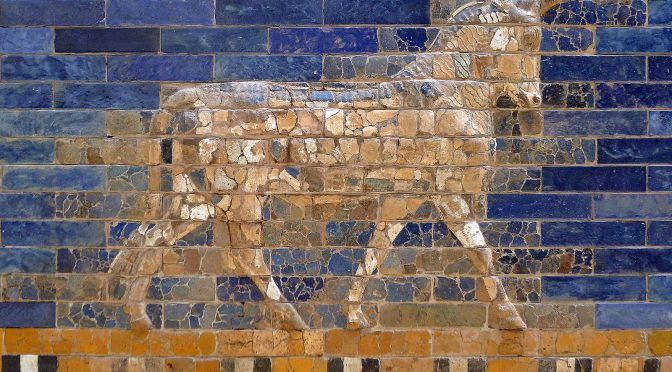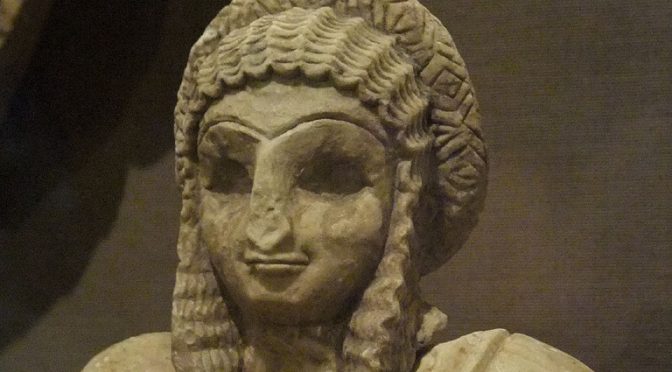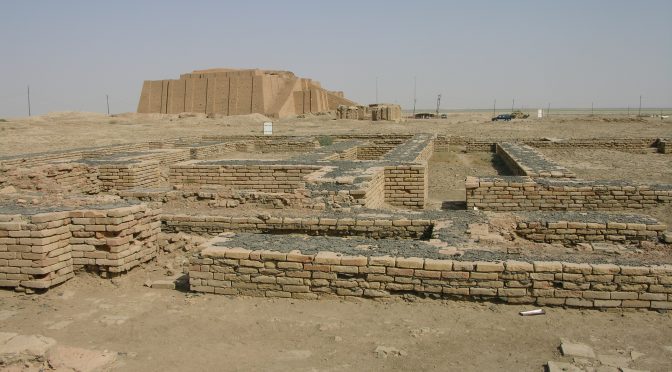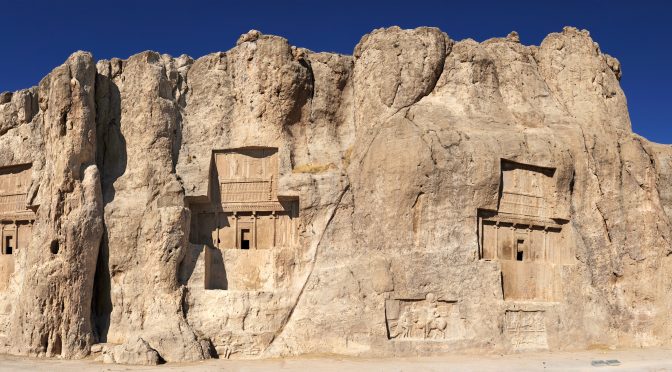From June to August 2017, we have hosted on our website a forum discussion on various aspects related to “gender”. The papers by Saana Svärd and Hanna Tervanotko, Rick Bonnie, Francis Borchardt, and Anneli Aejmelaeus that were posted on our website were originally presented during the last Annual Meeting in May 2018 in Tvärminne, Finland. Continue reading “CSTT and Gender” e-booklet
All posts by Rick Bonnie
Trading in the Babylonian Exile
by Tero Alstola
This blog post is a summary of Tero Alstola’s recent article “Judean Merchants in Babylonia and Their Participation in Long-Distance Trade” in Die Welt des Orients 47 (2017), pp. 25–51. https://doi.org/10.13109/wdor.2017.47.1.25.
The Babylonian exile of Judeans does not equal to enslavement and miserable conditions in a foreign land. The available sources attest to remarkable diversity within the deported population: although the majority of Judeans worked as small farmers, some of them lived in cities, enjoyed a good socio-economic status, and were integrated into Babylonian society. Judean merchants are an example of exiles who did relatively well in Babylonia. Continue reading Trading in the Babylonian Exile
CSTT and Gender #5: Gender and Methodology in Assyriology
by Saana Svärd
Because of the format of a blog post, I have summarized passages and deleted citations and footnotes. For the full form of the text with appropriate references and bibliography the reader is invited to consult: Saana Svärd: “Studying Gender: A Case Study of Female Administrators in Neo-Assyrian Palaces” In: Brigitte Lion & Cécile Michel (eds.), The Role of Women in Work and Society in the Ancient Near East. Studies in Ancient Near Eastern Records (SANER) 13. Walter de Gruyter, Boston. 2016, pp. 447-458. Continue reading CSTT and Gender #5: Gender and Methodology in Assyriology
Summer Symposium on the Construction of Identity in the Ancient Near East (Helsinki, 24-25 Aug)
Host: Project “Construction of gender in Mesopotamia from 934 to 330 BCE”, University of Helsinki
Organizers: Saana Svärd (Phd) & Joanna Töyräänvuori (Thd)
Venue: University Main Building (Fabianinkatu 33), Room 5 (”Sali 5” in Finnish)
Thursday August 24th 2017
9.00-10.30: panel 1
9.00-9.15: Töyräänvuori & Svärd: Welcome and introduction
9.15-10.00: Keynote: Brigitte Lion, “Questions of Identity in Nuzi: Another Look at Tulpun-naya’s Archive”
10.00-10.30: Laura Cousin, “Onomastics and Personality Traits in Babylonian Sources” Continue reading Summer Symposium on the Construction of Identity in the Ancient Near East (Helsinki, 24-25 Aug)
CSTT and Gender #4: Stories from Real Life
When I finished my doctorate 35 years ago, I was the ninth female doctor of theology in Finland ever, and the second in Biblical studies, the first one having been my colleague Raija Sollamo. You can imagine that the field was heavily male-dominated. Since then the situation has radically changed, the male doctors being already in the minority among the most recently finished doctorates in the field of theology. Continue reading CSTT and Gender #4: Stories from Real Life
Sophia University: the First Catholic University in Japan
by Sanae Ito
With the research fellowship from the Japan Society for the Promotion of Science, I chose Sophia University (http://www.sophia.ac.jp/eng/e_top), the first catholic university in Japan, as my host institute. This blogpost aims to introduce you to the university and my host researcher, the distinguished Prof. Akio Tsukimoto. Continue reading Sophia University: the First Catholic University in Japan
Isaiah’s Benevolent Creator as the earliest Persian ‘Influence’ on Judaism
by Jason M. Silverman
This post is a summary of the recently published article, Jason M. Silverman, “Achaemenid Creation and Second Isaiah” Journal of Persianate Studies 10.1 (2017): 26–48. In two years, it will also be available on my academia.edu-profile. Continue reading Isaiah’s Benevolent Creator as the earliest Persian ‘Influence’ on Judaism
CSTT and Gender #3: Discussing Gender in the Archaeology of the Classical Periods in Israel/Palestine
by Rick Bonnie
Since the early 1980s, gender research has relatively quickly entered the realm of archaeology and gradually developed into its own subject area in the field.[1] To a large degree, however, this shift first took place in archaeological sub-disciplines far removed, so it seems, from Near Eastern, biblical, or classical archaeology. The latter have only very slowly and unfortunately still rather sparingly introduced research on gender roles and identities. To be sure, the field has developed and improved substantially over the last two decades.[2] This is shown, for instance, by the works of such eminent scholars as Beth Alpert Nakhai, Carol Meyers, and Jennie Ebeling, as well as the substantial scholarly interest in the recent workshops on “Gender, Methodology, and the Ancient Near East” organized by Saana Svärd and Agnes Garcia-Ventura.[3] Continue reading CSTT and Gender #3: Discussing Gender in the Archaeology of the Classical Periods in Israel/Palestine
The Happiness Track in Academia
by Elisa Uusimäki
 Dr Emma Seppälä tackles modern myths of success in her recent book The Happiness Track (HarperOne, 2016). Seppälä’s work is highly relevant for academic communities: she has a PhD in psychology and works as a science director of Stanford University’s Center for Compassion and Altruism Research and Education and as a co-director of the Yale College Emotional Intelligence Project. In her book, Seppälä identifies six myths of success that are prevalent in contemporary western culture: Continue reading The Happiness Track in Academia
Dr Emma Seppälä tackles modern myths of success in her recent book The Happiness Track (HarperOne, 2016). Seppälä’s work is highly relevant for academic communities: she has a PhD in psychology and works as a science director of Stanford University’s Center for Compassion and Altruism Research and Education and as a co-director of the Yale College Emotional Intelligence Project. In her book, Seppälä identifies six myths of success that are prevalent in contemporary western culture: Continue reading The Happiness Track in Academia
Promootio kokosi huippuyksikköläisiä juhlimaan
Teologisen tiedekunnan tohtoripromootio järjestettiin perjantaina 9.6.2017. Tohtoreiden, kunniatohtoreiden ja 50 vuotta sitten väitelleiden riemutohtoreiden kunniaksi järjestettävä promootio on korkein yliopistollinen juhlatilaisuus. Tänä vuonna promootion juhlallisuutta lisäsivät samaan vuoteen osuneet Suomi 100 -juhlavuosi sekä reformaation 500-vuotismerkkivuosi. Continue reading Promootio kokosi huippuyksikköläisiä juhlimaan










